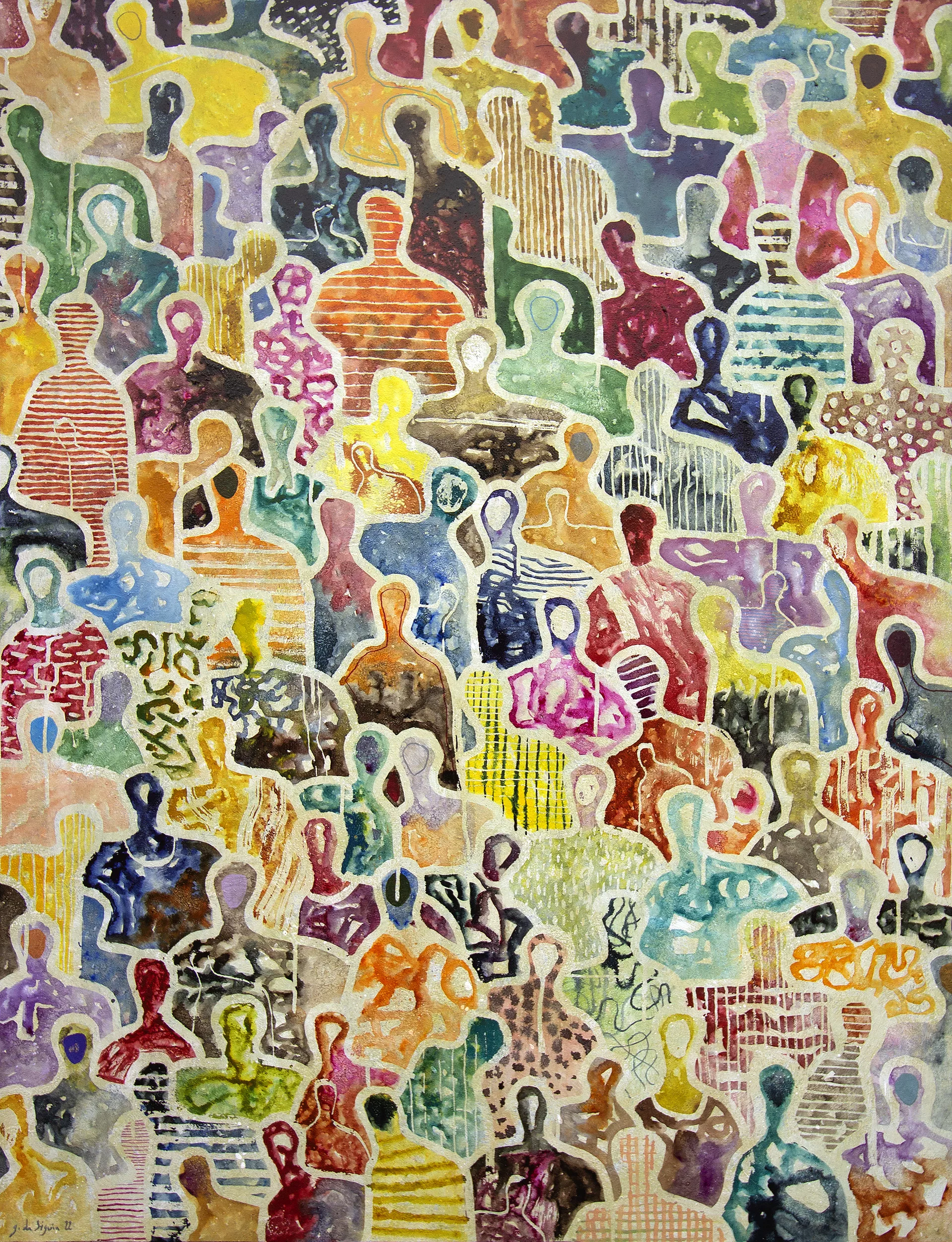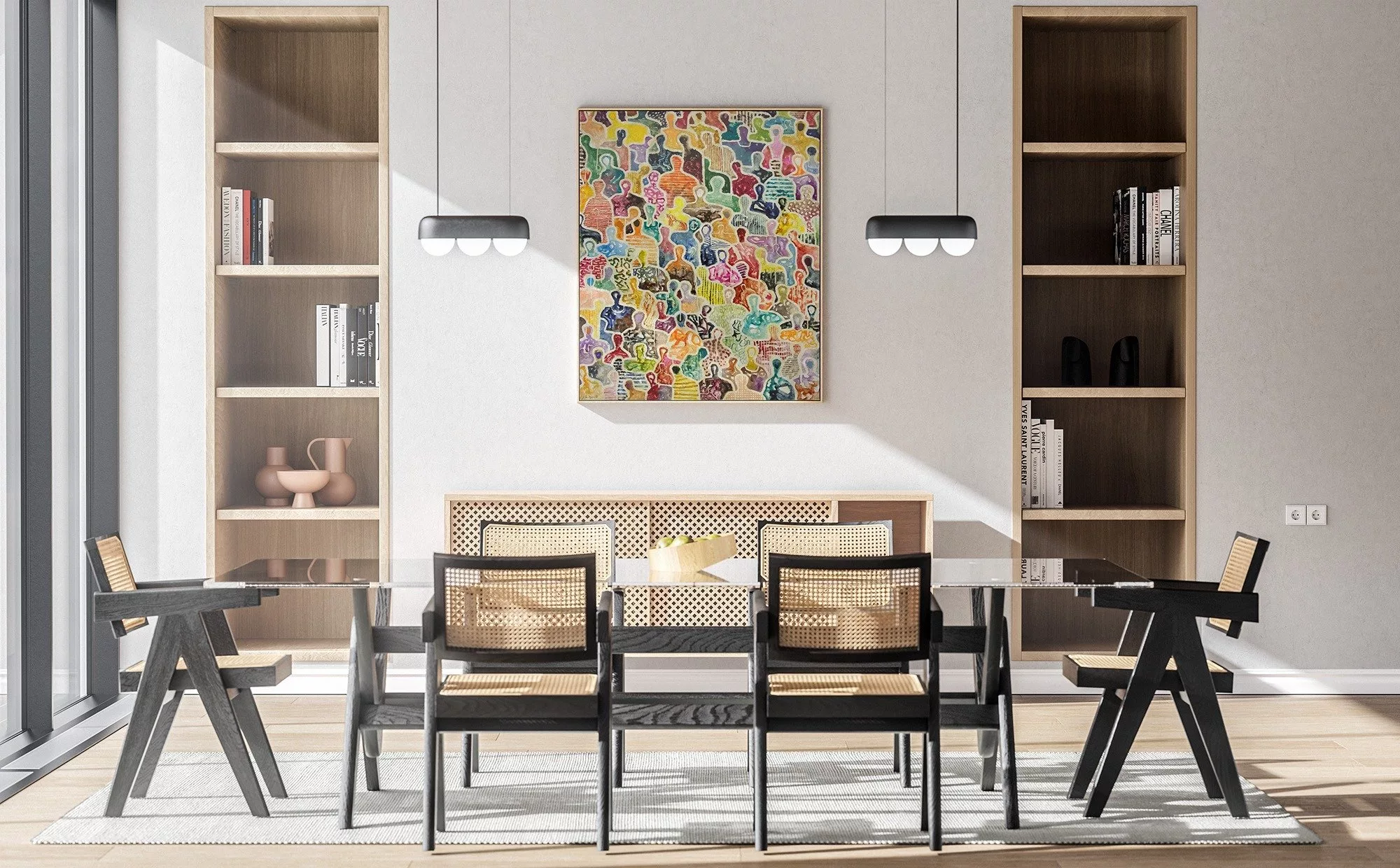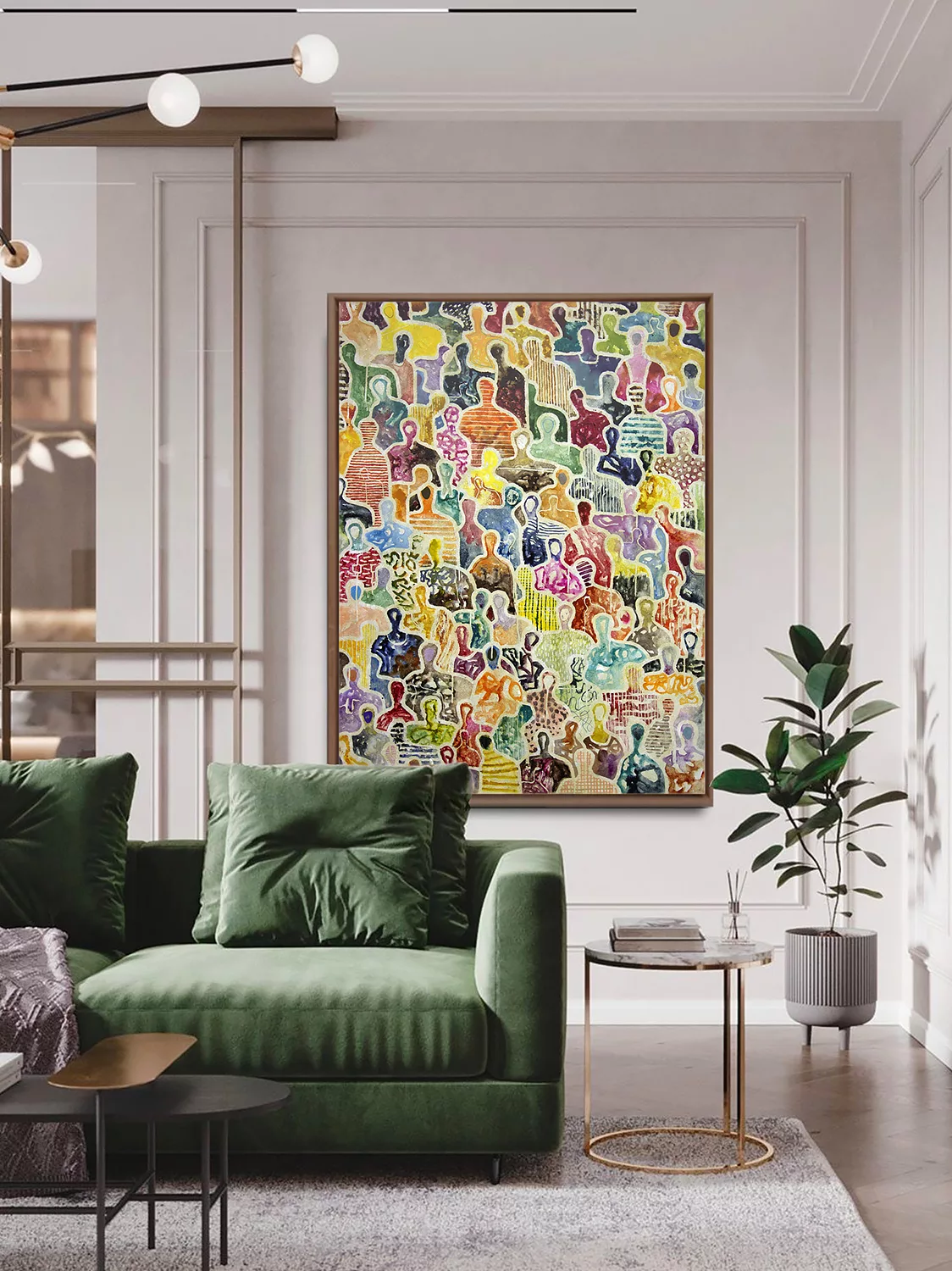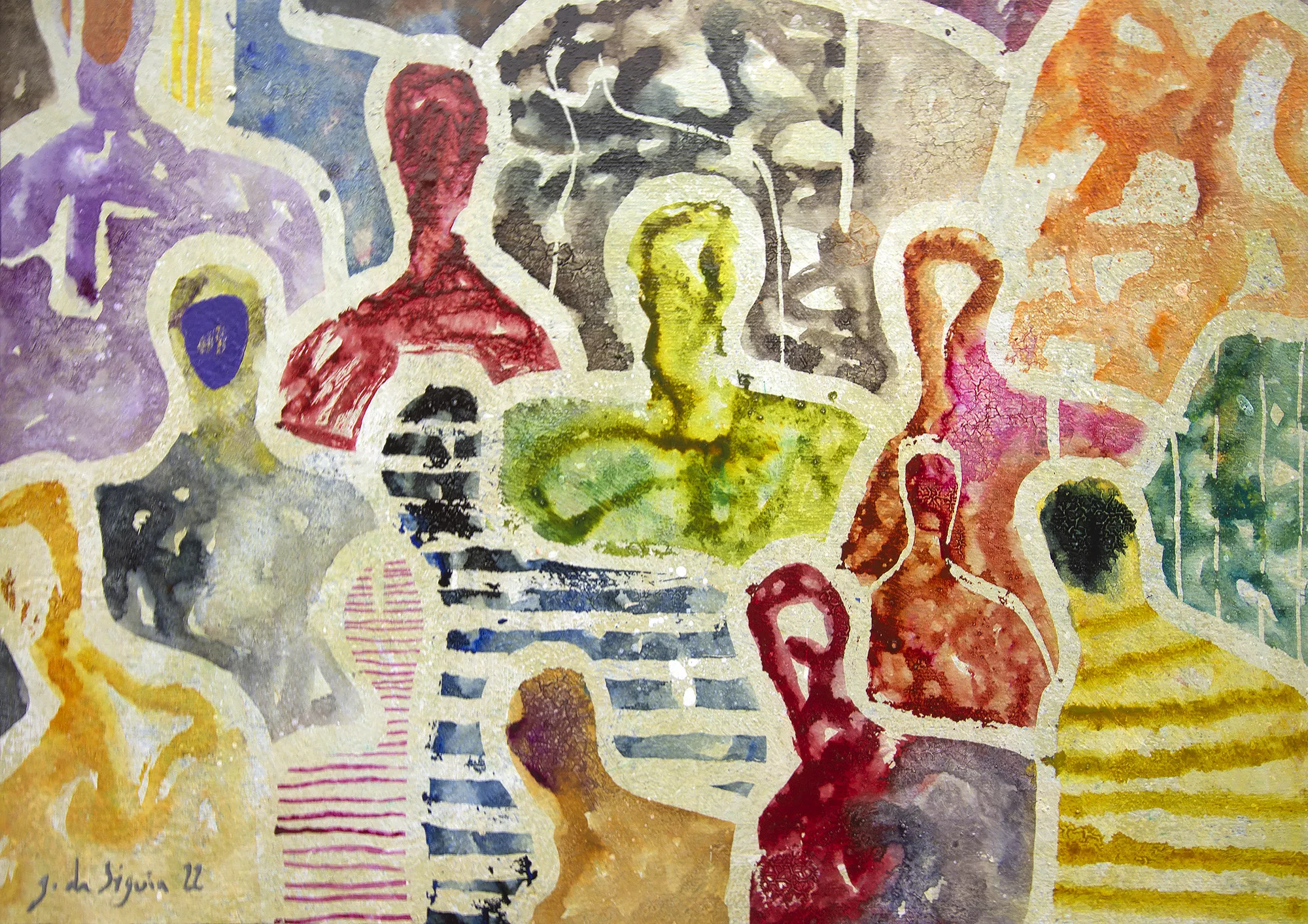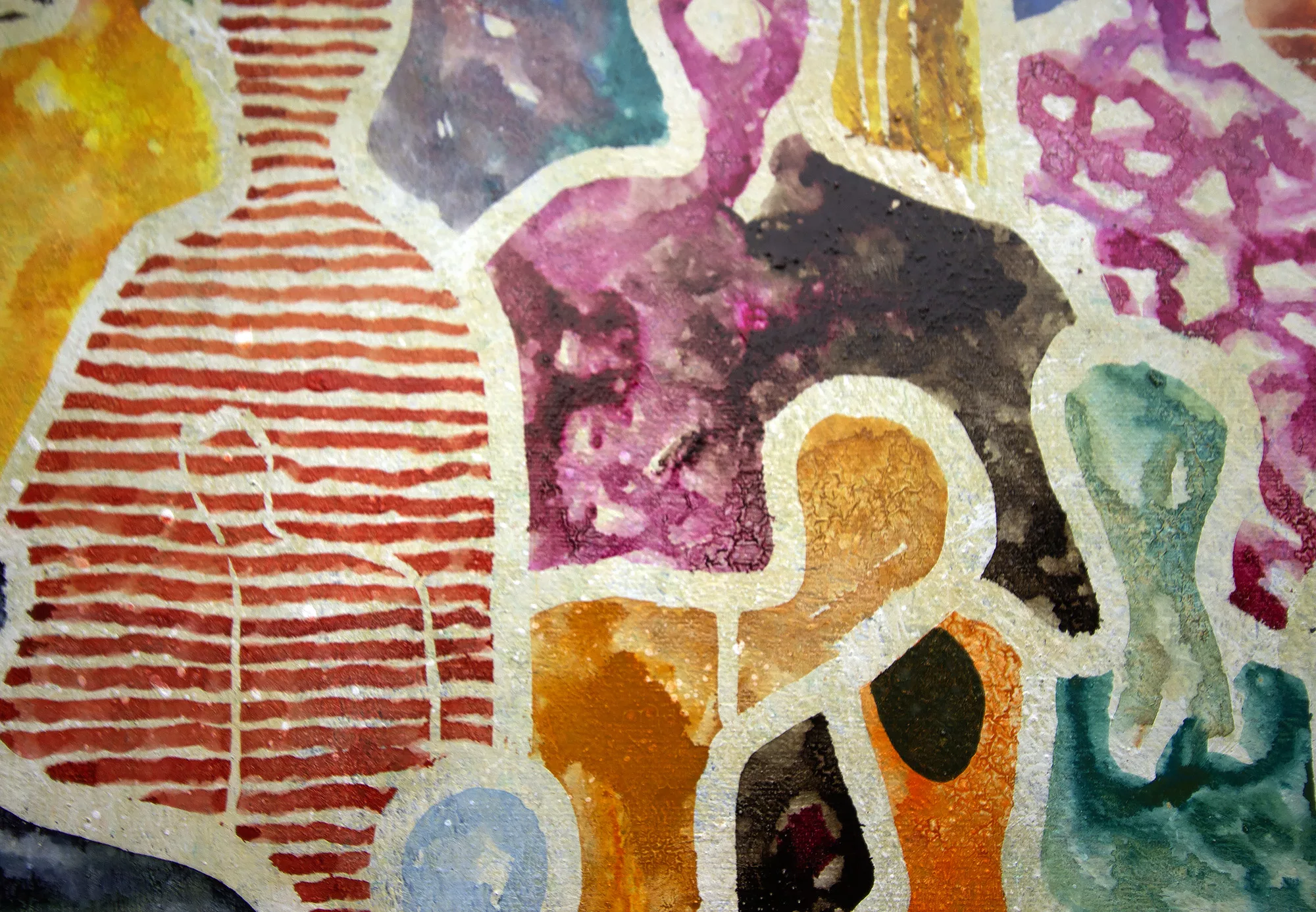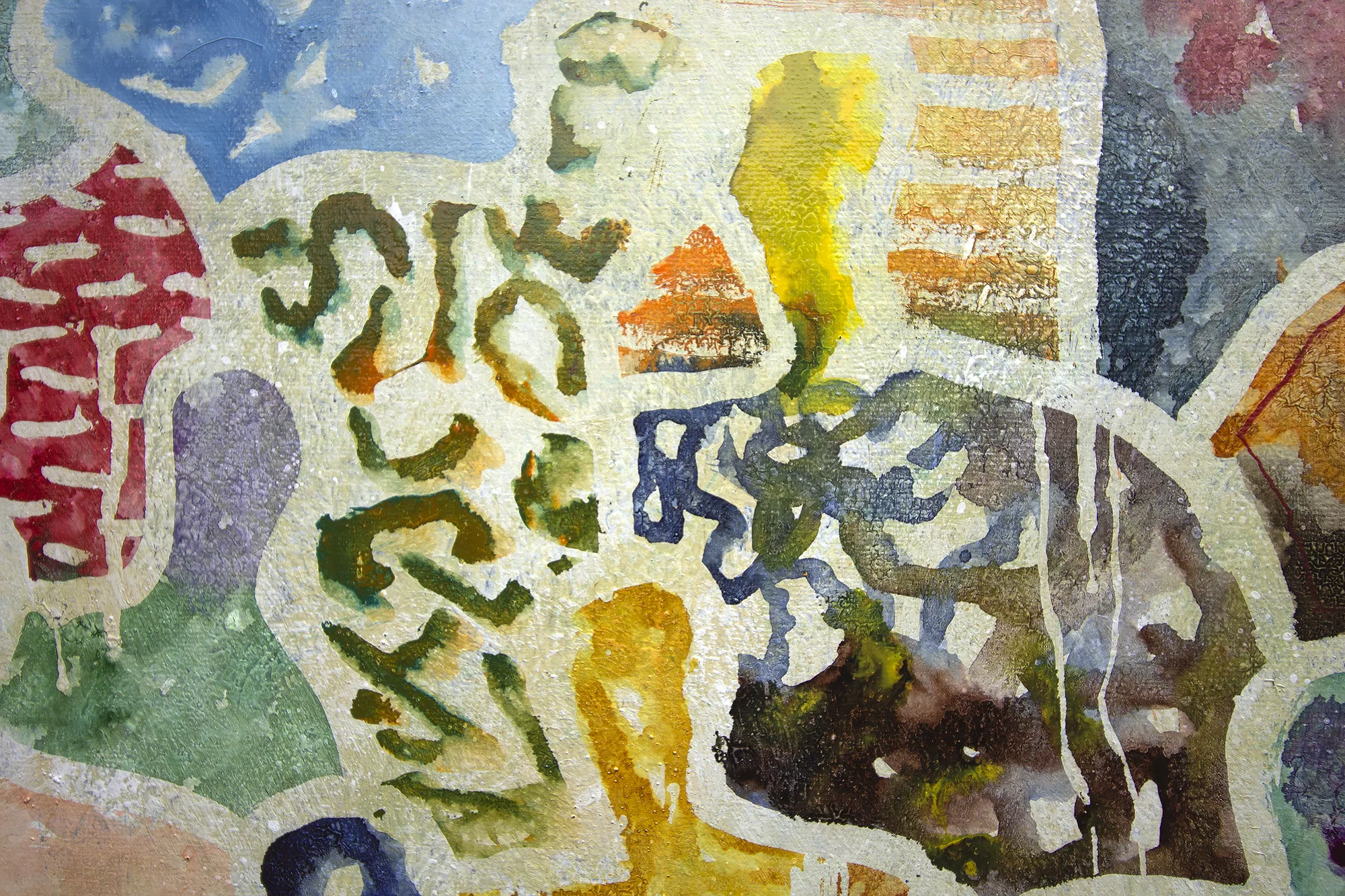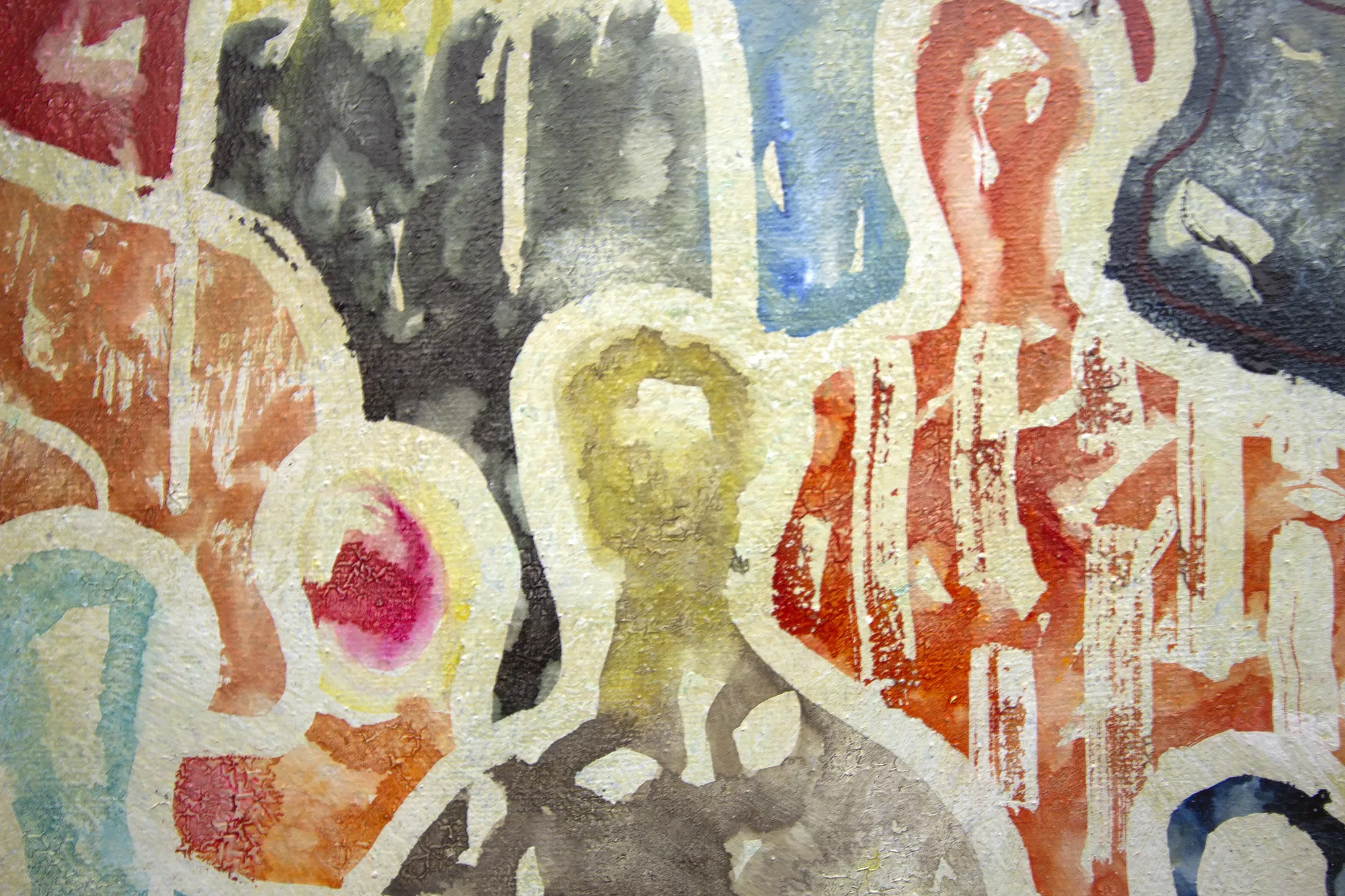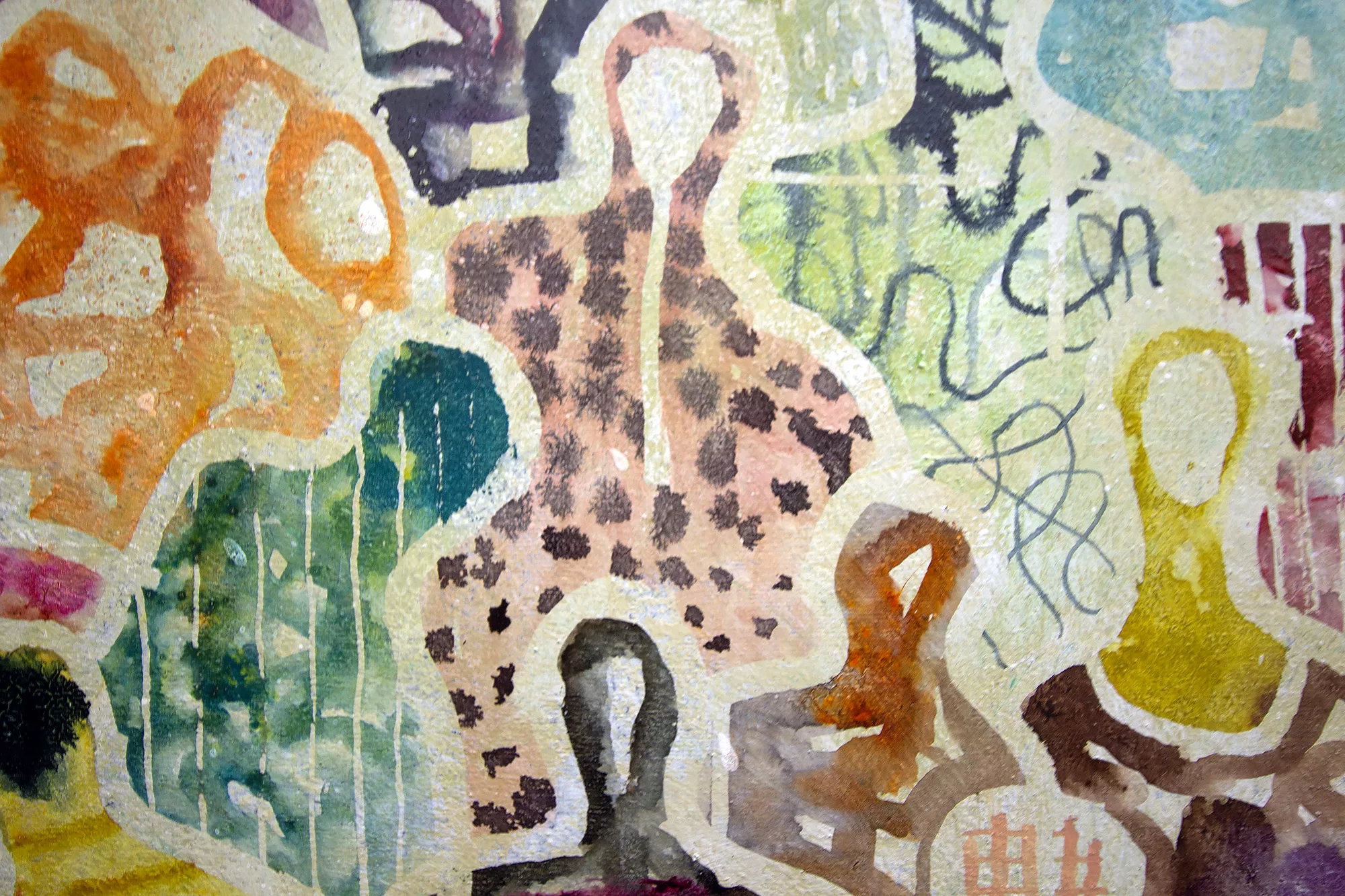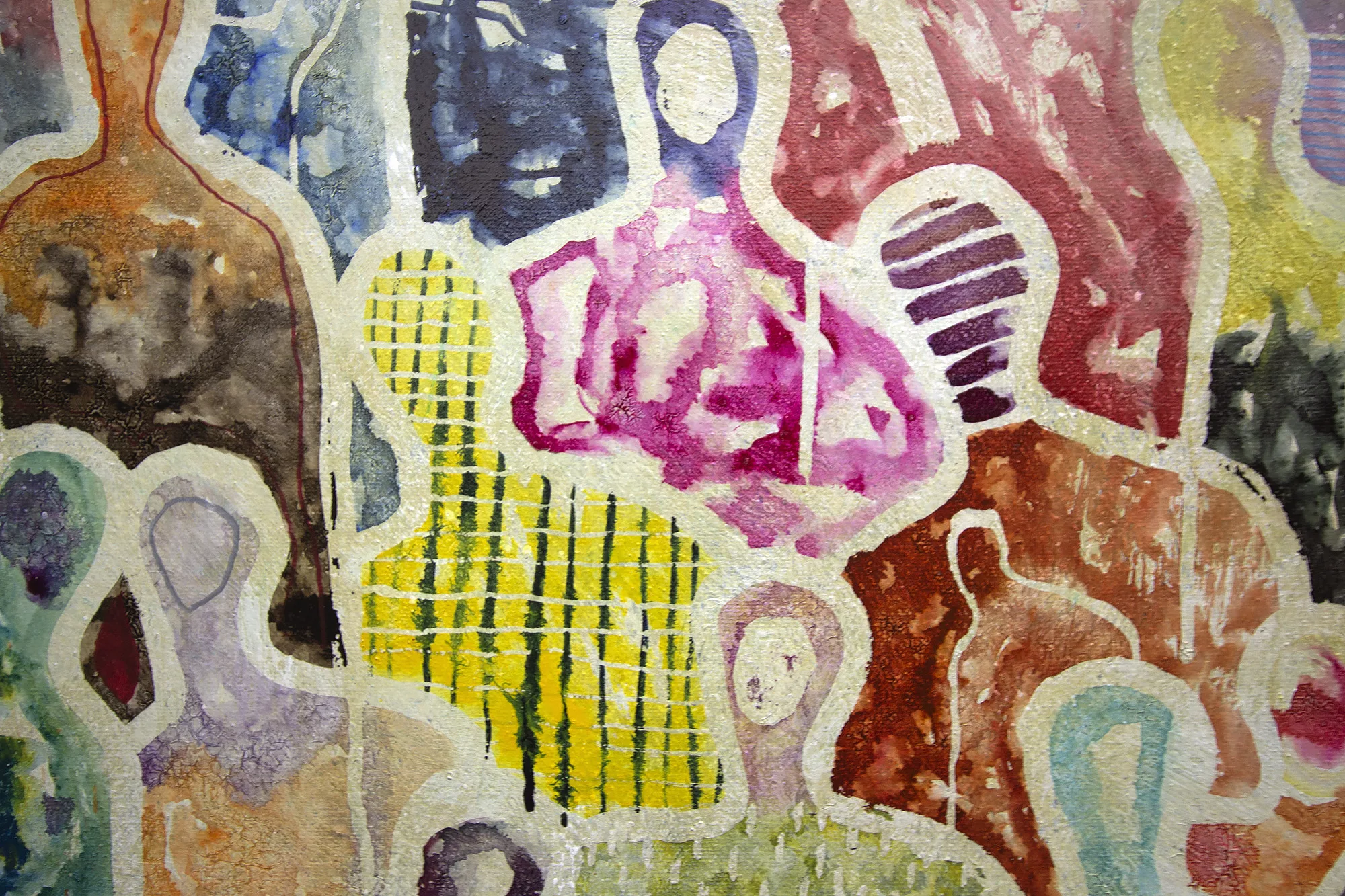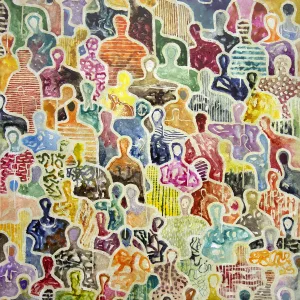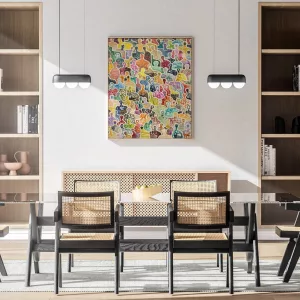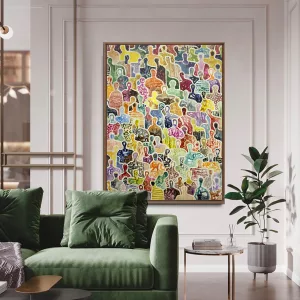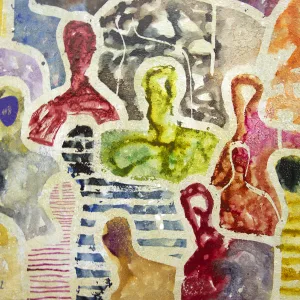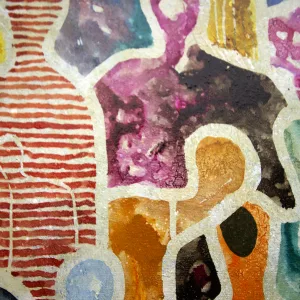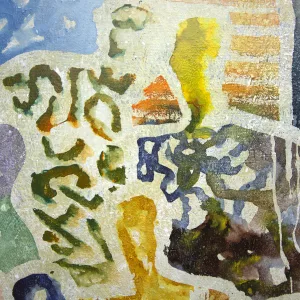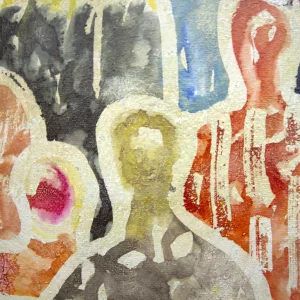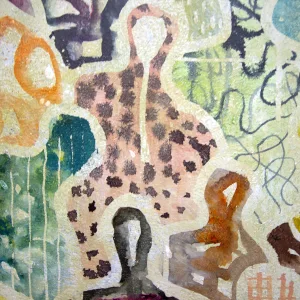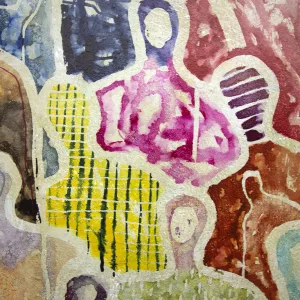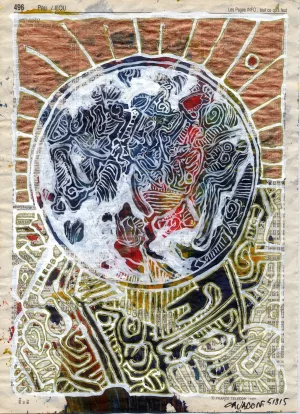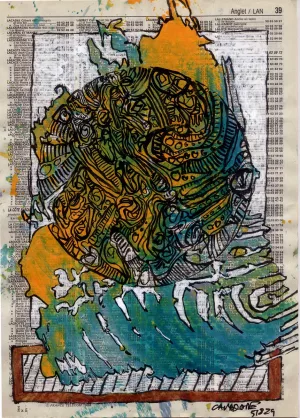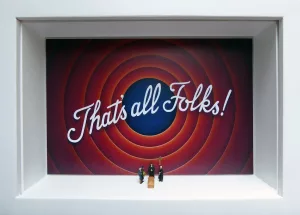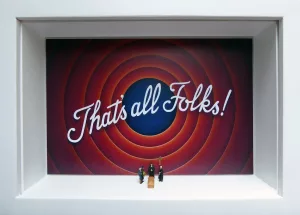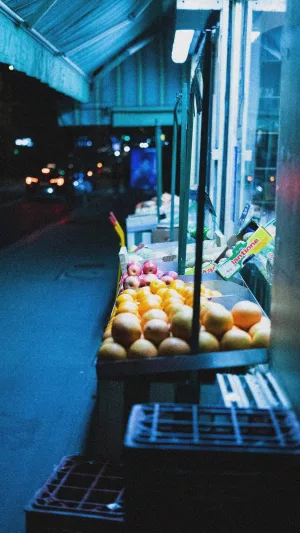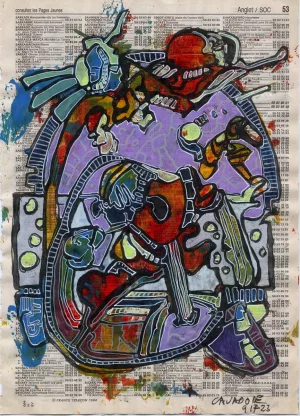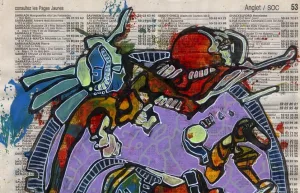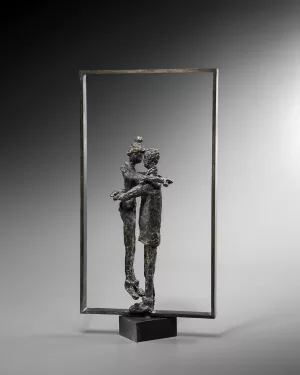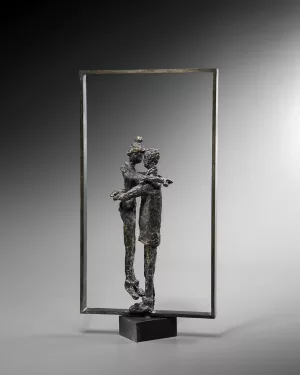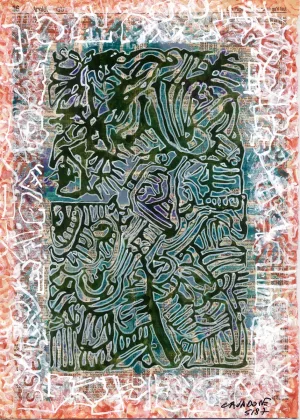Memory inside
Gaëtan de Séguin
Mixed media
97cm x 130cm x 3cm
Unique piece
3500,00€
Delivery
The delivery time for this work is 7 to 10 days.
Good to know
We are at your disposal to answer any questions you may have about this work. you may have about this work. Do not hesitate to contact us by clicking here.
About the artist
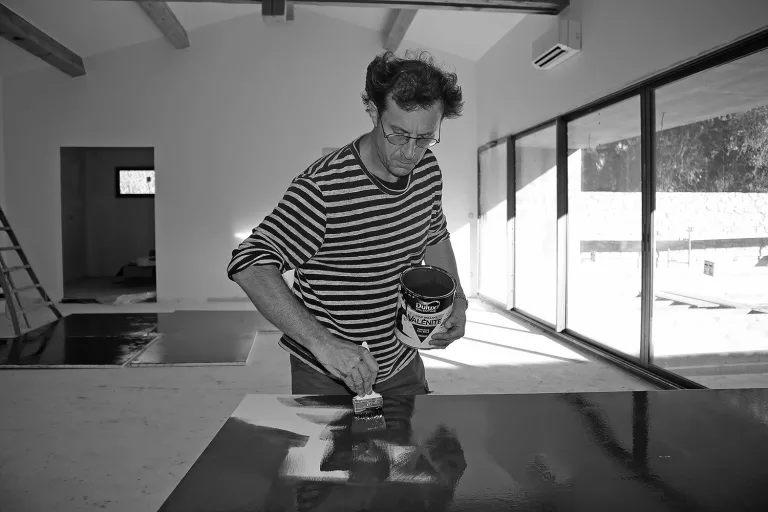
Gaëtan de Séguin
Gaëtan de Séguin is a sensitive colorist who handles mixed media with virtuosity.
Gaetan de Seguin's canvases feature a large number of characters, all of whom are integrated into the overall picture. The canvas is covered with a very dense dominant color, which is entirely overlaid with light tones where the hues melt into a cameo of colored grays. Gaetan paints by adding or subtracting material, using brushes and paintbrushes. Each asperity, each stripe is a unique motif that characterizes the individual as much as it allows him or her to merge into a much more global and abstract dimension".
The artist then painted crowds in relief. Crowds, which can be frightening and impersonal, become synonymous with diversity, with each person displaying a few unique traits that make them individual.

